Harvard WWTF – Phase 1A Improvements
This project received recognition from the Fox Valley Branch of the American Public Works Association for Project of the Year in Environment $5 to 25 Million.

The City of Harvard has a population of roughly 10,000. The existing Harvard Wastewater Treatment Facility discharges effluent into Mokeler Creek on the west side of the city. This Creek is a 10-mile-long tributary of Piscasaw Creek, itself a tributary of the Kishwaukee River, in northern Illinois. The existing Wastewater Treatment Facility utilized a series of out-of-date technologies to provide treatment of the community’s wastewater. The existing infrastructure was mechanically failing, and the Illinois EPA had cited the City’s WWTF for non-compliance with NPDES water quality standards. As a result, the City of Harvard was issued a Compliance Commitment Agreement for the upgrade of this critical infrastructure.
The Facility had been constructed in several phases since 1942. Much of the original infrastructure was still in use or repurposed over the years. This included an attached growth secondary treatment process that utilized rotating biological contactors (RBC’s) and a packed tower trickling filter. While the rotating RBC’s were covered, the packed tower that provided most of the treatment capacity was not. This resulted in significantly decreased activity from the biomass and downtime for the tower during winter months for City staff to remove ice buildup on top of the tower. The existing facility also included sludge drying beds for digested sludge dewatering, which were undersized and also had issues from November to March due to freezing temperatures. The drying beds, along with a substantial portion of the WWTF site, were also within the floodplain.
The City teamed with Trotter & Associates to develop an Evaluation of their WWTF in 2013. The report evaluated six alternatives for upgrades to the WWTF, and recommended the phased oxidation ditch alternative. TAI completed the subsequent Facility Plan in 2015, and the City purchased the adjacent property in 2017 to facilitate the construction of these upgrades while maintaining operations. The plan included utilizing the existing secondary clarifiers in Phase 1A and constructing tertiary clarifiers when the Facility required expansion in Phase 1B. The IEPA requested that the Phase 1A scope include the tertiary clarifiers in Phase 1A. This was not financially achievable for the City at that time, and to facilitate the request TAI secured a 30-year loan term, a Small Community and Environmental Discount interest rate of 0.81%, and principal forgiveness of $3.3 Million. TAI also competed for and obtained a $2 Million grant through the Rebuild Illinois Fast Track Grant program. The project design was completed during the summer of 2020, and construction began the following May.
The project included rehabilitation of the raw sewage screw pumps, raw sewage screening, grit removal system, primary effluent pump station, and rehabilitation of an existing structure to serve as the City’s Laboratory and Administration Building. The first step of the project was to start-up the sludge dewatering screw press that was pre-ordered by the City to facilitate construction. Once this system was operational, the sludge drying beds were removed and construction began on the new structures for this project. This included the 3-ring oxidation ditch, which was built with the outer ring reserved for BNR enhancement zones to denitrify the RAS denitrification and an anaerobic zone. The remaining 77% of the outer ring is comprised of a gravity thickener, two parallel 2-stage aerobic digesters, and a digested sludge storage tank.
Construction also included a new MLSS diversion structure and two 90-foot diameter tertiary clarifiers with a common-wall RAS/WAS pump station. The clarifiers and RAS/WAS pump station are sized to handle the expanded capacity of the Phase 1B project. To replace the sludge drying beds, a sludge handling building and sludge storage building were also constructed. Once the sludge handling building was ready, the dewatering screw press, sludge feed pump, and polymer feed system were relocated to the new building.
Before startup of the oxidation ditch, TAI conducted process training for the operators to familiarize them with the completely different process controls that were needed to operate the activated sludge facility. When the ditch, diversion structure, tertiary clarifiers and RAS/WAS pump station were ready to receive flow, TAI coordinated seeding of the biological process from the treatment facilities of two neighboring facilities. Seeding took place over about a week, and the City immediately saw results in their effluent. The project was completed in the fall of 2023.

